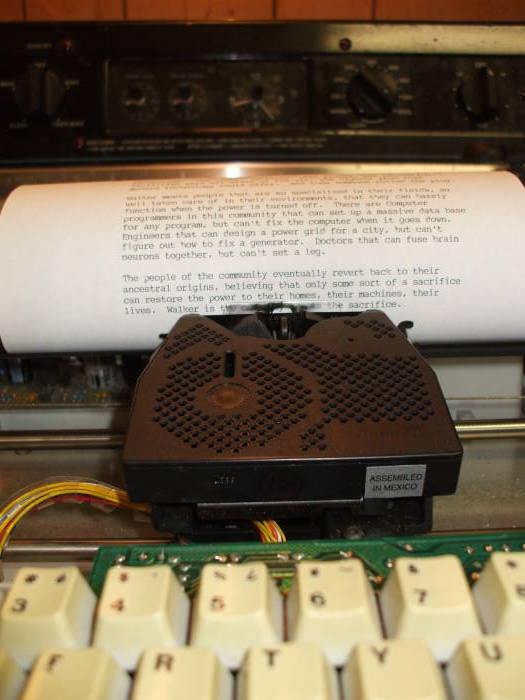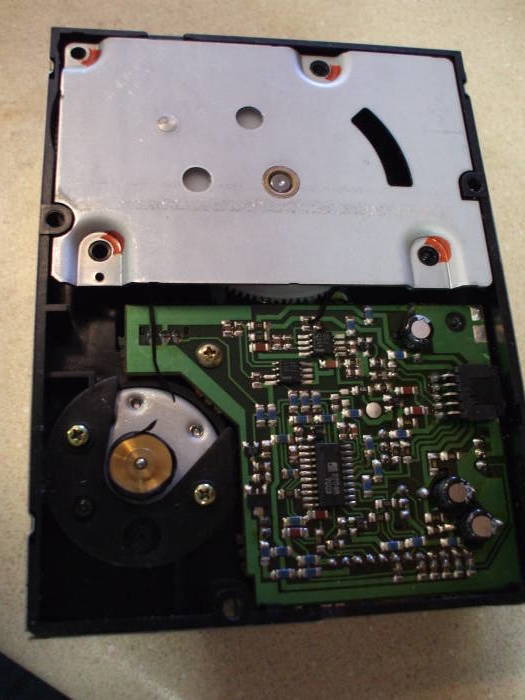

Other notable FDS “exclusives” were Hikari Shinwa: Parutena no Kagami ( Kid Icarus), Akumajō Dracula ( Castlevania) and Super Mario Bros. “Both were long adventures that required multiple gaming sessions to complete, facilitated by the Disk System's save feature,” adds Corse. These highly ambitious new games were coded with the Disk System in mind and were – in the beginning at least – exclusive to the new format. “The standard-bearers for the format are Metroid and The Legend of Zelda,” explains Sean Corse of Famicom Dojo. However, Nintendo maintained that from that point onwards the cream of the Famicom crop would be exclusive to the Disk System and in the early years of the machine’s life, this was certainly the case. The system was launched in February 1986 for the princely sum of ¥15,000, which represented quite an investment on the part of the customer. Players could also save their game's progress without relying on cumbersome passwords it has to be remembered that cartridges with save functionality – using built-in batteries – simply didn't exist at that time.” They offered twice the storage capacity of existing cartridges and were a lot cheaper to produce. “Nintendo saw this technology as a viable solution for not only storing the games themselves, but also allowing players' game data to be saved directly to the diskette, so the company went ahead and created a proprietary diskette – dubbed “Disk Card” - based upon Mitsumi’s Quick Disk format.” Fellow enthusiast Laurent Kermel – who is employed at DreamWorks Pictures as a 3D and CGI artist when he’s not collecting rare Famicom items – explains just how much of a technological advancement these unassuming disks were: “Famicom disks represented a revolution. “Floppy diskettes were quickly becoming the new standard for storage media on personal computers at the time,” explains Nintendo Life’s very own Corbie Dillard, an avid Famicom collector. With this objective in mind, Nintendo cast its gaze towards the home computing sector for inspiration.

Expanding the functionality of the millions of Famicom consoles already sitting in homes up and down Japan was the most logical course of action, so it was decided that the existing base unit should be augmented by a separate piece of hardware which would permit bigger and better games. By 1985 Nintendo was finding that gamers were so ravenous for new product that it was almost impossible to keep up with the intense demand given this passionate interest in all things Famicom-related, it’s easy to see why Nintendo started to investigate other avenues of making cash.
MITSUMI QUICK DISK NINTENDO CODE
It’s no exaggeration to say that Nintendo was the dominant force, effortlessly brushing aside rival companies and snapping up third party support from all of the nation’s finest code shops.

To get a better understanding of how the Famicom Disk System came to be you need only survey the Japanese gaming industry back in the mid ‘80s. However, one should never underestimate the benefit of hindsight back in ’86 the rules were still being written and certainly from Nintendo’s perspective the idea of expanding the potential of its best-selling Famicom home console (or NES as it’s better-known in this part of the world) seemed like an eminently sensible move. Since this Japan-only system hit the market in 1986 we’ve seen the equally ill-fated Sega Mega CD, Sega 32X and Nintendo 64DD all come and go without making any discernible impression on the market. Given what we now know about add-on hardware for games consoles, the very concept of the Famicom Disk System seems hopelessly flawed.


 0 kommentar(er)
0 kommentar(er)
